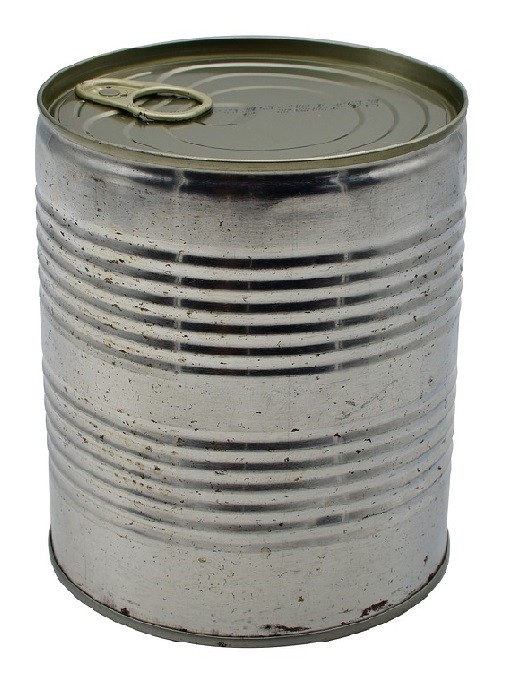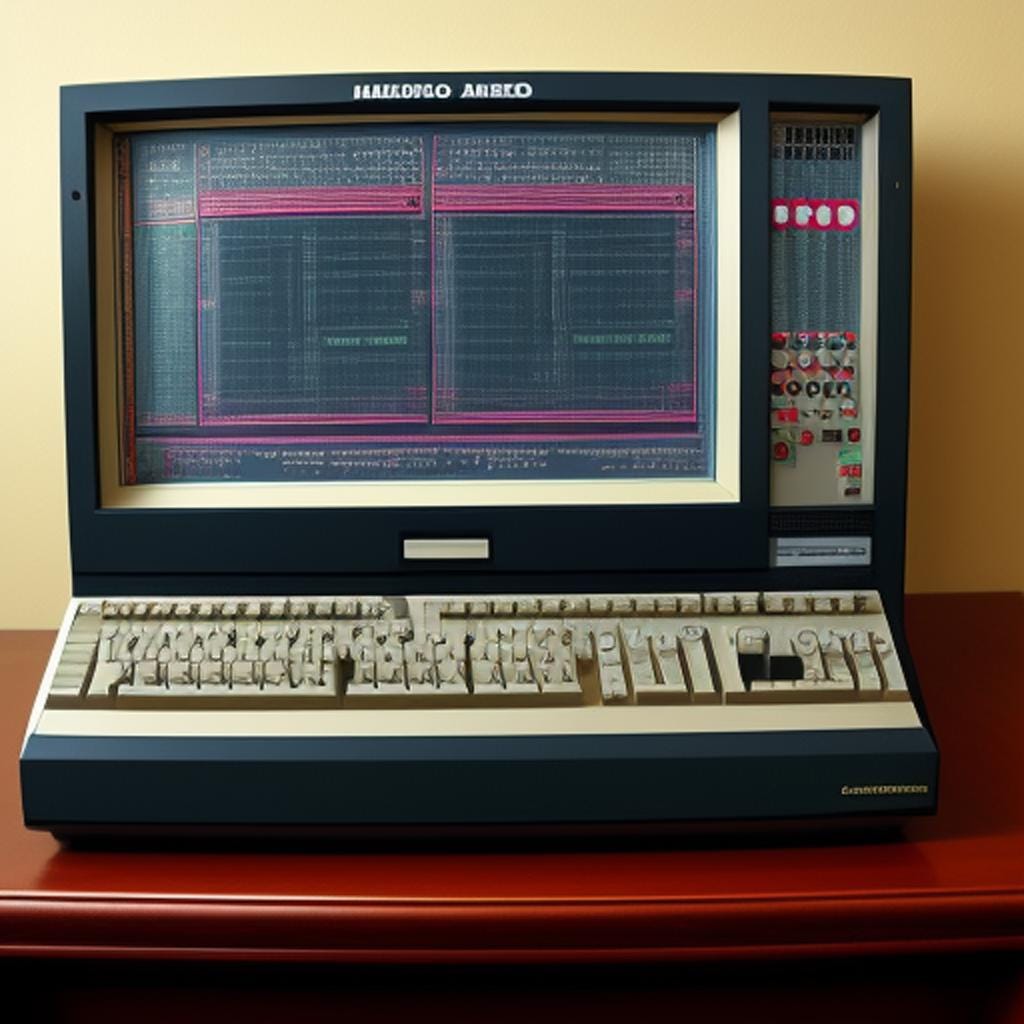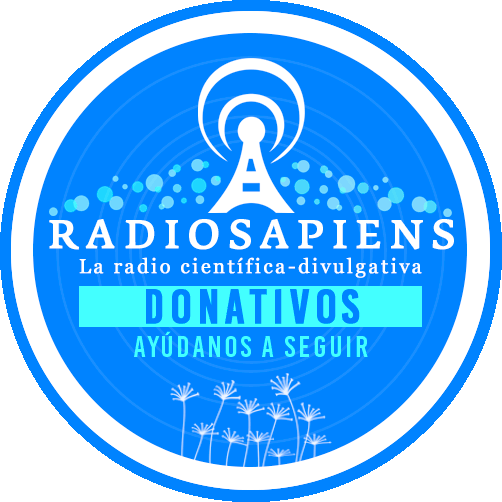Understanding the Risks of Boric Acid Exposure: Keeping Your Pets Safe
Introduction: What Is Boric Acid and Why Is It a Concern for Pet Owners?
Boric acid is a common household chemical used in pest control, cleaning products, and certain industrial applications. While it’s effective at killing insects like ants and roaches, pet owners frequently question its safety around dogs, cats, and other household animals. Understanding the real risks and best practices for using boric acid can help you protect your beloved companions from accidental harm.
Is Boric Acid Harmful to Pets? Current Scientific Consensus
According to veterinary and toxicology experts, boric acid is considered low to moderately toxic to dogs and other mammals when ingested. Most commercial products, such as ant and roach baits, contain only about 5% boric acid. At these concentrations, accidental ingestion of small quantities is unlikely to cause serious harm, but larger amounts can be dangerous, particularly if a pet consumes an entire bait trap or significant quantity of powder [1] . The U.S. National Library of Medicine and leading veterinary sources confirm that poisoning can occur if pets eat a substantial amount of boric acid, leading to a range of potentially severe symptoms [3] .
How Does Boric Acid Affect Pets? Understanding Symptoms and Risks
If your pet ingests boric acid, symptoms can develop within 30 minutes to two hours. The most common signs of toxicity include:
- Vomiting
- Diarrhea
- Lethargy
- Drooling or hypersalivation
- Abdominal pain
- Shivering or tremors
- Weakness and uncoordinated gait (ataxia)
- Seizures (in severe cases)
- Skin irritation if there has been direct contact
In rare and severe cases, especially after ingesting large quantities, liver and kidney failure can occur [4] . Cats are also susceptible, displaying similar symptoms and, if untreated, could suffer significant health consequences [5] .
Real-World Examples: Accidental Exposure and Outcomes
Pet owners have reported incidents where dogs or cats have chewed on boric acid bait stations or licked up powder from cracks in the floor. In most cases involving small amounts, pets experienced mild gastrointestinal symptoms and recovered with supportive care. However, in situations where larger amounts were ingested, emergency veterinary intervention was required, involving intravenous fluids and monitoring of organ functions. The prognosis is generally good with prompt treatment, but outcomes can worsen if care is delayed [1] .

Source: vogueroyce.com
How to Prevent Boric Acid Poisoning in Pets: Step-by-Step Safety Guidance
To keep your pets safe from boric acid exposure, follow these best practices:
- Read All Product Labels Carefully: Only use EPA-approved boric acid products indoors, and follow all label instructions for application and storage [3] .
- Keep Boric Acid Out of Reach: Store all cleaning products and pest control items in secure cabinets or high shelves, inaccessible to pets.
- Apply Products Responsibly: When treating carpets or cracks, keep pets out of the area until the product has settled or been vacuumed up, as instructed by the manufacturer.
- Avoid Outdoor Use: Boric acid should not be applied outdoors, where rain or watering can spread it to places pets may access [3] .
- Monitor Pets Closely: After any use of boric acid, watch your pets for symptoms of toxicity, especially if you suspect they may have come into contact with the substance.
- Educate Family and Visitors: Ensure everyone in your household understands the risks and storage protocols for household chemicals.
Alternatives to boric acid for pest control include physical traps, pet-safe baits, or professional pest management services that prioritize animal safety. If you are unsure which products are safest, consult your veterinarian before use.
What Should You Do If Your Pet Is Exposed to Boric Acid?
If you suspect your pet has eaten boric acid or has come into contact with a boric acid-based product, immediate action is critical:
- Remove any remaining product from your pet’s mouth or fur. Rinse the affected area with water if there is skin contact.
- Contact your veterinarian or the ASPCA Animal Poison Control Center (available by phone) for professional guidance. Provide details on the product type, amount ingested, and your pet’s weight and symptoms.
- Do not induce vomiting unless specifically instructed by a veterinarian.
- Bring the product packaging with you if you seek emergency care, so the vet can assess the ingredients and concentration.
Fast action and honest communication with your vet can greatly improve your pet’s chances of a full recovery. Veterinary care may include intravenous fluids, anti-convulsants for tremors, and monitoring of kidney and liver function [4] .
Accessing Emergency Help and Additional Resources
Many animal poison control resources operate 24/7 and can guide you through first steps. The ASPCA Animal Poison Control Center and the Pet Poison Helpline are well-established organizations offering expert advice. To access these services:
- Call your local veterinarian or emergency animal hospital.
- Reach the ASPCA Animal Poison Control Center by phone (search for their current number through the official ASPCA website or your local directory).
- Use the search term “Pet Poison Helpline” to find contact details for this international resource.
If you need to find a veterinary professional urgently, you can also contact your local animal hospital or use a search engine with terms like “emergency vet near me.” Keep all product packaging and relevant information on hand for a faster response.
Alternatives to Boric Acid: Safer Pest Control Options for Pet Owners
To minimize the risk of accidental poisoning, consider non-chemical pest control methods such as:
- Sealing cracks and entry points to prevent insect access
- Using pet-safe traps and baits approved by veterinarians
- Regular cleaning to remove food crumbs and spills that attract pests
- Calling professional pest control services that specialize in pet-friendly solutions
If you must use boric acid, restrict access to treated areas and vacuum up any residue before allowing pets back into the space.
Key Takeaways for Pet Owners
Boric acid, when used as directed, is generally considered low to moderately toxic for pets-but large ingestions or improper use can pose serious health risks. Always follow label instructions, store products safely, and educate everyone in your household. If your pet is exposed, quick action and professional advice can prevent long-term harm.

Source: hepper.com
References
MORE FROM gowithdeal.com













